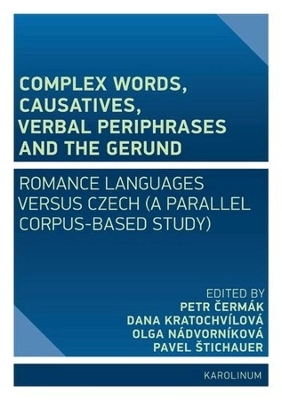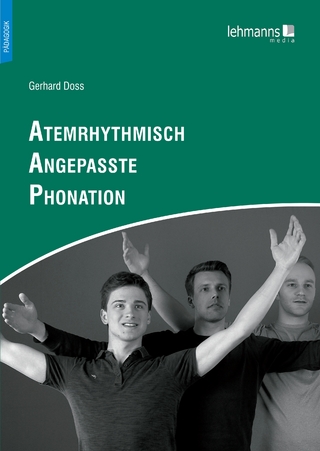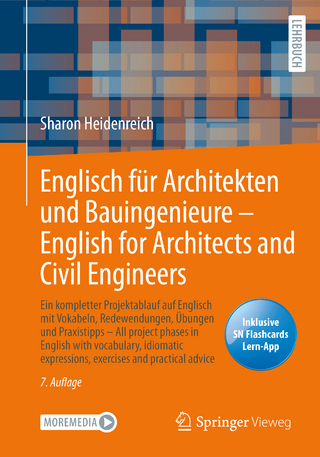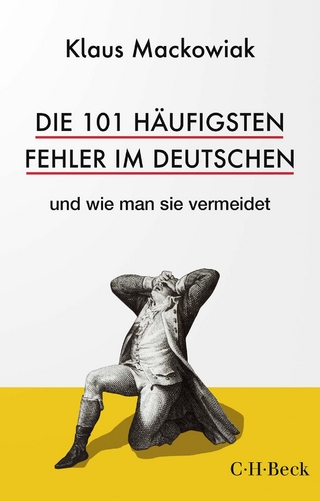
Complex Words, Causatives, Verbal Periphrases and the Gerund
Karolinum,Nakladatelstvi Univerzity Karlovy,Czech Republic (Verlag)
978-80-246-4554-4 (ISBN)
Petr Cermak is associate professor of Spanish at Charles University, Prague. Dana Kratochvilova is assistant professor of Spanish at Charles University, Prague. Olga Nadvornikova is assistant professor of French at Charles University, Prague. Pavel Stichauer is associate professor of Italian at Charles University, Prague.
1. Expressions of potential participation, iterativity, causation,
ingressivity and adverbial subordination in the light of parallel corpora
Petr Cermak, Dana Kratochvilova, Olga Nadvornikova, Pavel Štichauer
1.1 Investigation project and its history
1.2 Objectives and scope of the present monograph
1.3 Organisation of the monograph
1.4 Terminological remarks
1.4.1 Romance languages under scrutiny and use of the term Romance
1.4.2 Use of the terms counterpart and respondent
2. Corpus design & corpus-based contrastive research methodology
Olga Nadvornikova
2.0 Introduction
2.1 Corpus-based contrastive research methodology
2.2 Corpora used in this study
3. Morphologically complex words in romance and their Czech respondents
Pavel Štichauer, Jan Hricsina, Jiri Jancik, Jaroslava Jindrova, Zuzana Krinkova, Daniel Petrik
3.0 Introduction
3.1 Word-formation: complex vs simple words
3.2 Romance and Czech: common and different word-formation patterns
3.3 The typology of Czech respondents
3.3.1 Typology of Czech respondents of the adjectives with the suffix -bile/-ble/-vel
3.3.2 Typology of Czech respondents for verbs with the prefix re-/ri-
3.4 The modal suffix -ble/-bile/-vel
3.4.1 Data elaboration and analysis
3.4.2 Quantitative distribution of the types
3.4.3 Discussion of various examples
3.5 The iterative prefix re-/ri-
3.5.1 Data elaboration and analysis
3.5.2 Quantitative distribution of the types
3.5.3 Discussion of various examples
3.6 Concluding remarks
4. Causative constructions in romance and their Czech respondents
Petr Cermak, Dana Kratochvilova, Petra Laufkova, Pavel Štichauer
4.0 Introduction
4.1 Definition of causativity and its forms of expression
4.2 Causativity in Romance languages
4.2.1 Analytic type
4.2.2 Synthetic type
4.2.3 Characteristics of the Romance construction hacer/fare/faire/fazer + infinitive
4.3 Causativity in Czech
4.3.1 Word-formatting causativity
4.3.1.1 Verbs derived from another verb
4.3.1.2 Verbs derived from an adjective
4.3.1.3 No change in the lexical basis, expressing causativity through a prefix roz-
4.3.2 Semantic causativity
4.3.2.1 Suppletive types
4.3.2.2 Causative interpretation resulting from syntax
4.3.3 Analytic causativity
4.3.3.1 Causative verbs followed by a subordinate clause
4.3.3.2 Causative verbs followed by a nominal syntagma
4.3.3.3 (Semi-)causative verbs followed by an infinitive
4.4 Our typology of Czech respondents
4.5 Methodology
4.6 Causative constructions in Romance – formal comparison
4.7 Analysis of Czech respondents
4.7.1 Primary Czech respondents
4.7.1.1 Type 3 – shodit type (hacer caer / far cadere / faire tomber / fazer cair)
4.7.1.2 Type 8 – what makes you think that > proc myslite? (‘why do you think that?’)
4.7.1.3 Type 4 – dat vypit type
4.7.2 Secondary Czech respondents
4.7.2.1 Type 5 – dohnat k slzam type
4.7.2.2 Type 9 – other translation
4.7.2.3 Type 7 – zpusobit, že tal type
4.7.2.4 Type 1 – rozplakat type
4.7.2.5 Type 2 – posadit type and type 6 – zpusobit tani type
4.7.2.6 Type 10 – no translation
4.8 Conclusions
| Erscheinungsdatum | 02.02.2021 |
|---|---|
| Verlagsort | Ovocny |
| Sprache | englisch |
| Maße | 160 x 229 mm |
| Gewicht | 277 g |
| Themenwelt | Geisteswissenschaften ► Sprach- / Literaturwissenschaft ► Sprachwissenschaft |
| ISBN-10 | 80-246-4554-8 / 8024645548 |
| ISBN-13 | 978-80-246-4554-4 / 9788024645544 |
| Zustand | Neuware |
| Haben Sie eine Frage zum Produkt? |
aus dem Bereich


